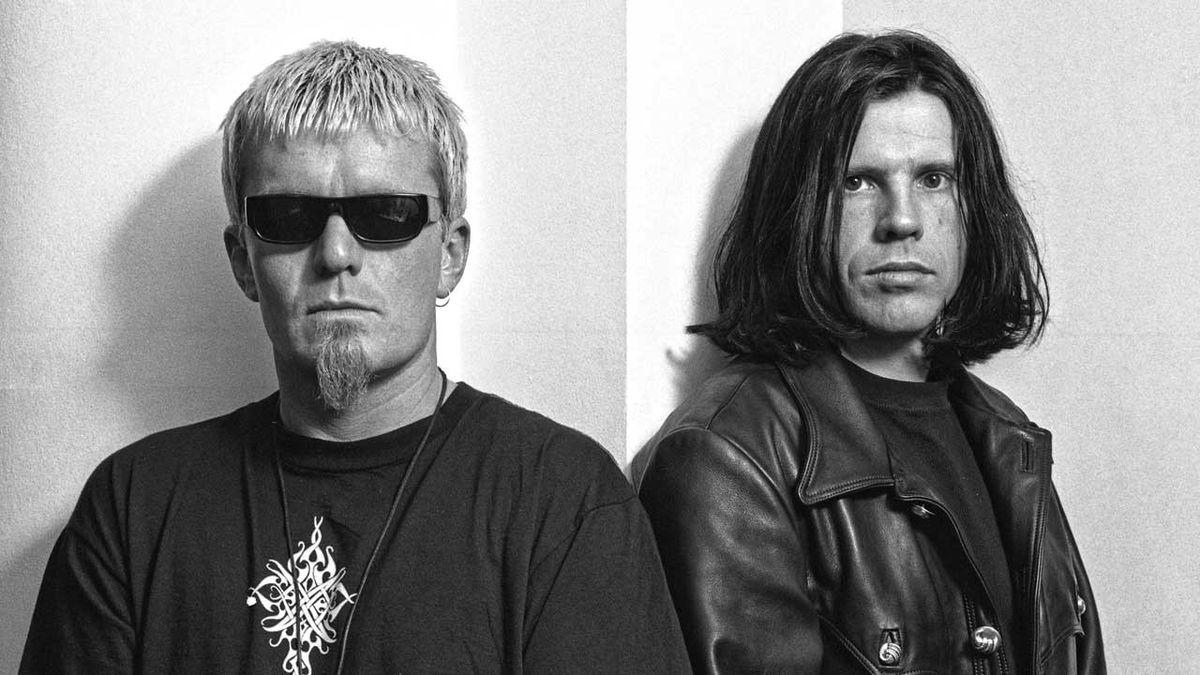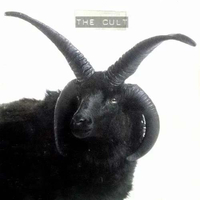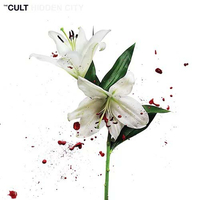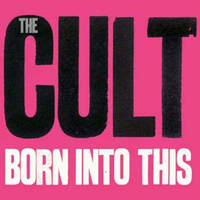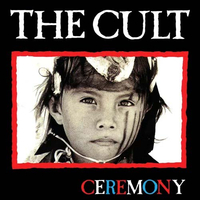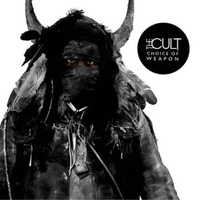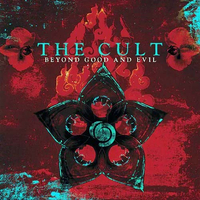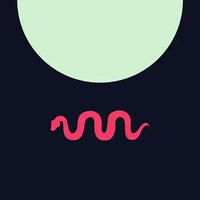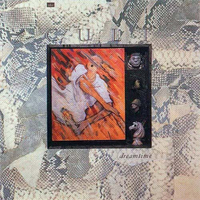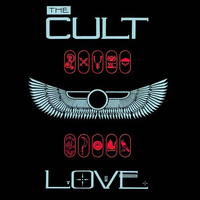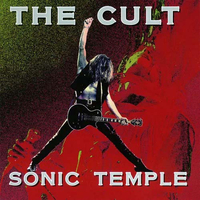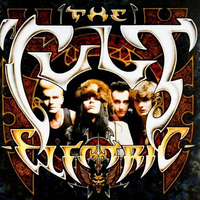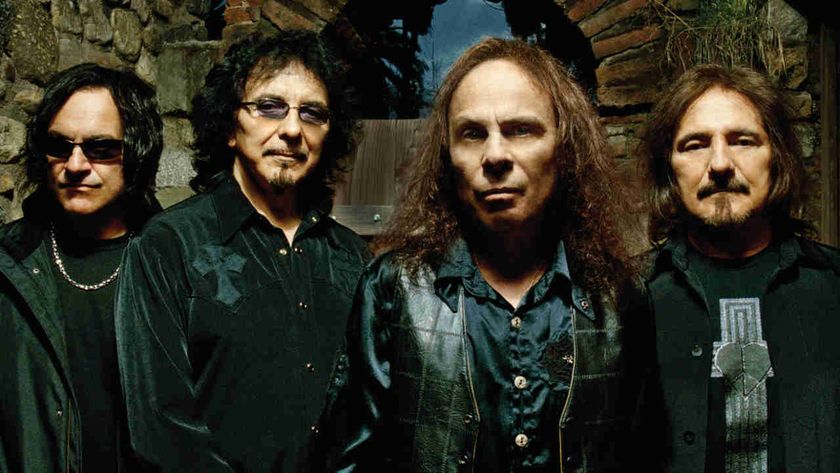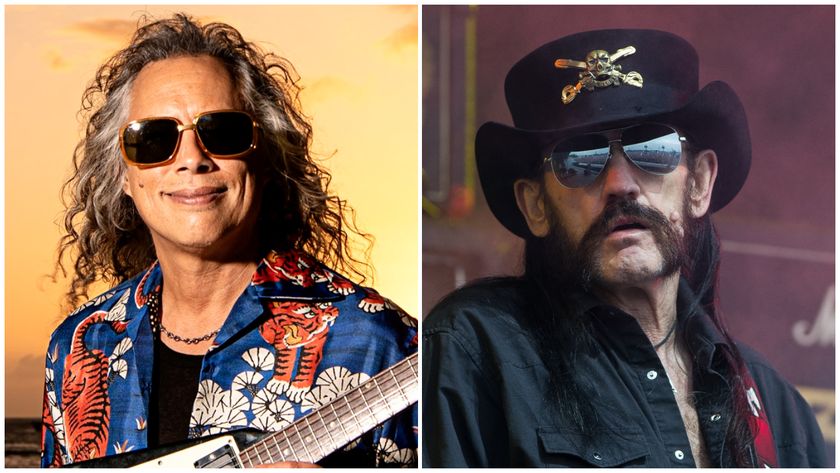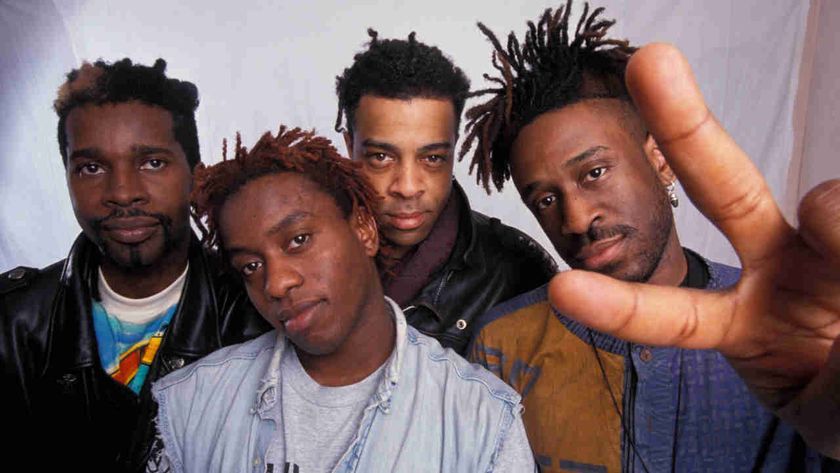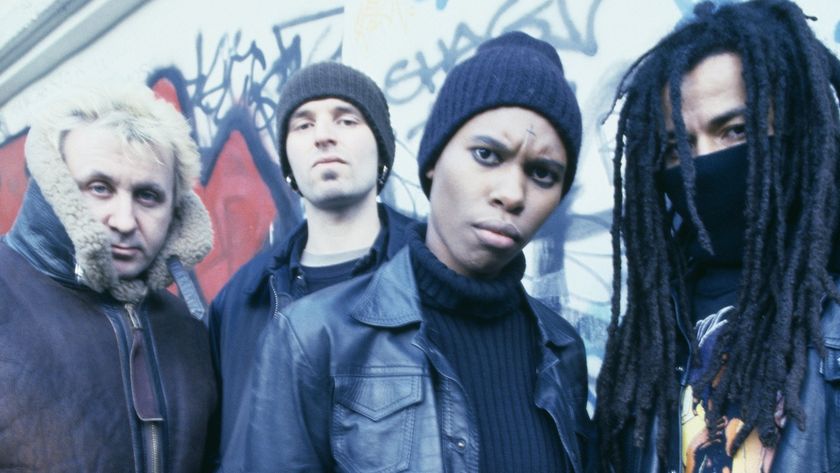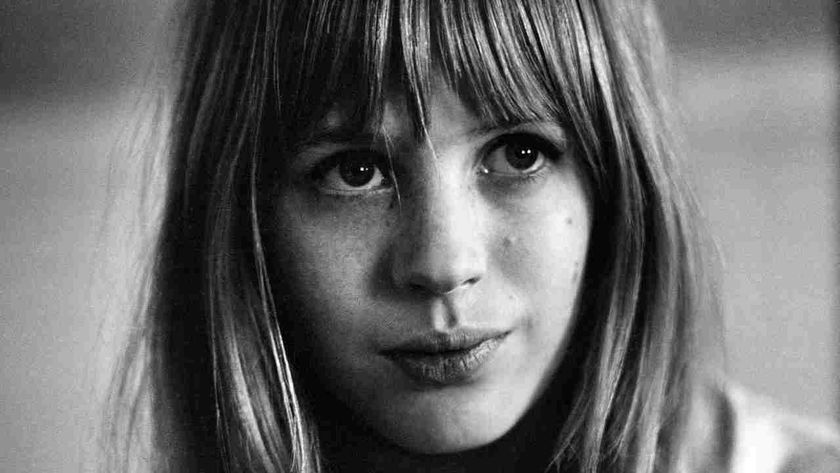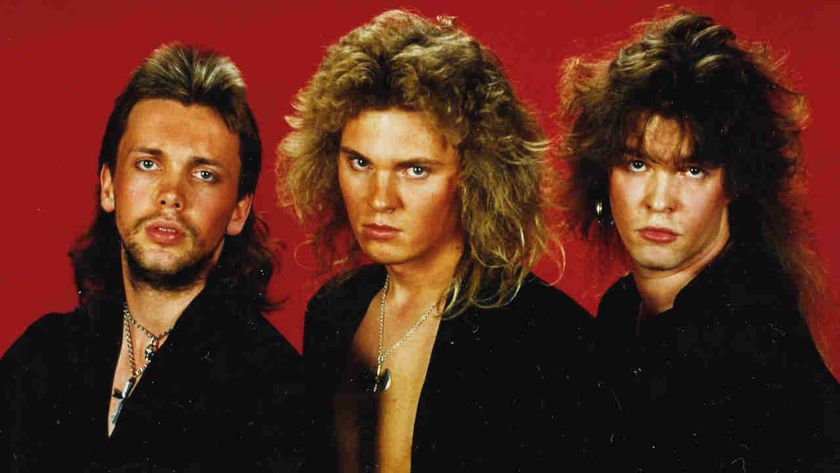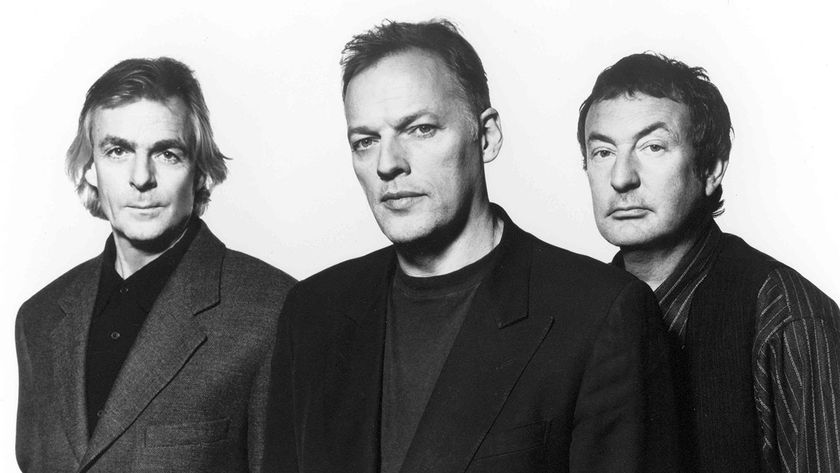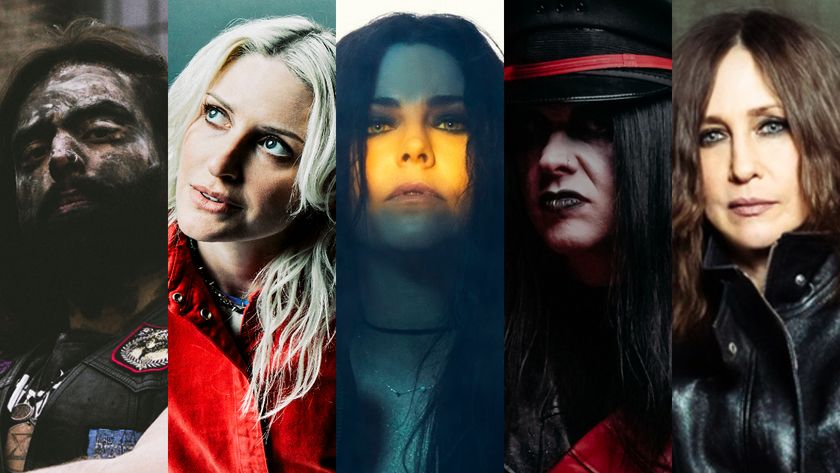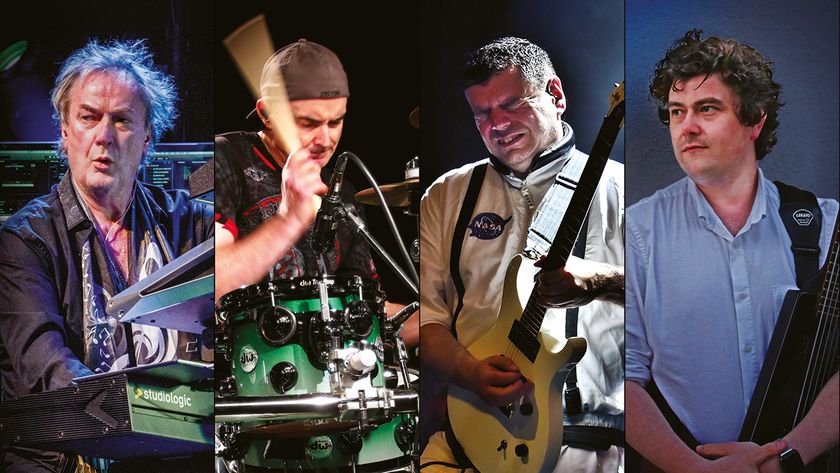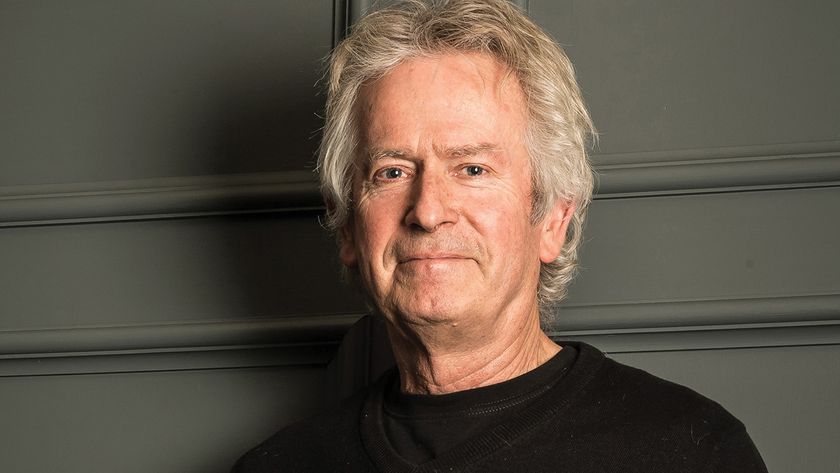Of all the bands to emerge from the fertile post-punk era, The Cult are the hardest to pin down. Where peers such as U2 and The Cure chose their path early on and stuck to it, the band founded as Southern Death Cult by singer Ian Astbury and guitarist Billy Duffy in 1982 have reinvented and reimagined their sound and aesthetic numerous times: from mohawked post-punk shamen to patchouli-doused goth dervishes, hair-shaking stadium rock deities to dancefloor-grunge deconstructionists and beyond.
This protean approach is down to the push-pull relationship between Astbury and Duffy. The former, whose peripatetic childhood saw him bounce between Birkenhead, Ontario and Glasgow, is a Jim Morrison-loving poet-warrior with a magpie’s appetite towards music and spirituality and an utter fearlessness in the face of ridicule. The latter – briefly a member of late 70s Manchester punks The Nosebleeds alongside future Smiths singer Morrissey and, later, part of post-punk foot soldiers Theatre Of Hate – is a man who readily embraces the role of guitar-swinging, shape-pulling rock star, gleefully describing his band’s journey as “a cartoon pirate ride.”
That odd-couple relationship has been the engine that drives The Cult from the start. At its best – as on the string of near-immaculate albums they released between 1984’s swirling debut Dreamtime and 1989’s grandstanding arena-rock blowout Sonic Temple – it has delivered the perfect combination of airy spirituality and earthy grit, albeit in different doses. Along the way, Duffy and Astbury plus bassist Jamie Stewart and a shifting cast of drummers delivered pulsing tribal-goth anthems (Spiritwalker), foundational alt-rock anthems (the immortal She Sells Sanctuary) and unashamedly bolshie boogie-rock (Lil’ Devil), catching the attention of everyone from superstar-producer-in-the-making Rick Rubin to Guns N’ Roses frontman Axl Rose in the process.
Of course, like all delicately balanced mechanisms, the Astbury/Duffy axis is prone to breaking down. They split acrimoniously in the wake of 1994’s poorly received The Cult album, reunited for 2001’s murky Beyond Good And Evil, split again the following year, then reunited once more in 2006. That last reunion has held, with the pair delivering a run of albums that might not have added much to their legacy but certainly haven’t disgraced it.
The Cult are still active today, though, admirably, they’ve largely resisted the easy lure of nostalgia – 2022’s coruscating Under The Midnight Sun is the best thing they’ve done since their late 80s heyday, a feat few artists of their vintage can lay claim to. The cartoon pirate ride still has a few more turns left in it.

